Top 5 Dog Health Tips to Keep Your Pup Happy
As a Canine-Assisted Therapy Trainer with years of experience working alongside dogs in therapeutic environments, I’ve witnessed firsthand how important it is to keep our furry friends happy and healthy. In my time with dogs, I’ve learned that their health is not just about the basics – food and exercise – but also about building a strong bond, paying attention to their mental well-being, and offering the right kind of care for their specific needs. Today, let’s dive into some of the top 5 dog health tips to keep your pup happy and thriving. Trust me, following these tips can make a huge difference in your dog’s life!
1. Prioritize Regular Vet Checkups
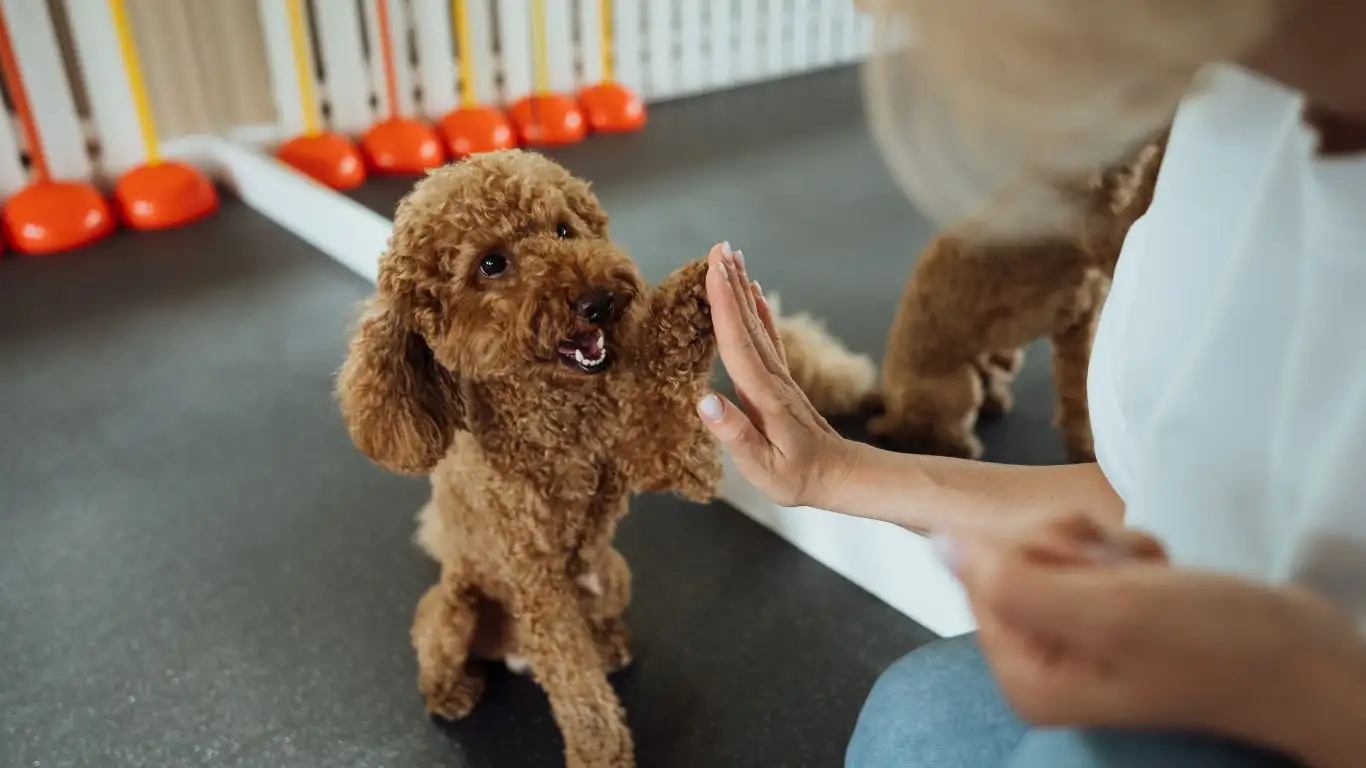
When it comes to dog health, regular vet visits are one of the most important things you can do for your dog. I know it can be tempting to put off trips to the vet, especially when your dog seems perfectly fine, but routine checkups can prevent issues before they become serious. Just like humans, dogs are prone to a variety of health problems, many of which are much easier to treat when caught early.
As someone who works with dogs regularly, I can tell you that I’ve seen dogs transform when they get proper vet care. This means regular vaccinations, annual checkups, and keeping up with heartworm and flea/tick prevention. I can’t stress enough how much better your dog will feel and how much easier life will be for both of you with a healthy pup. Also, make sure you discuss any behavioral or dietary changes with your vet during these visits – they can be key indicators of underlying health issues!
Routine Vet Visits: What You Should Expect
- Checkup on vital stats: Expect the vet to check your dog’s weight, temperature, and overall condition. It’s important to track these over time to detect any changes early.
- Vaccinations: Your dog needs regular vaccinations to prevent common diseases like rabies and distemper.
- Dental checkup: Oral health is often overlooked, but poor dental hygiene can lead to serious health problems. Ensure your vet checks your dog’s teeth and gums regularly.
2. Keep Their Diet Balanced and Tailored to Their Needs
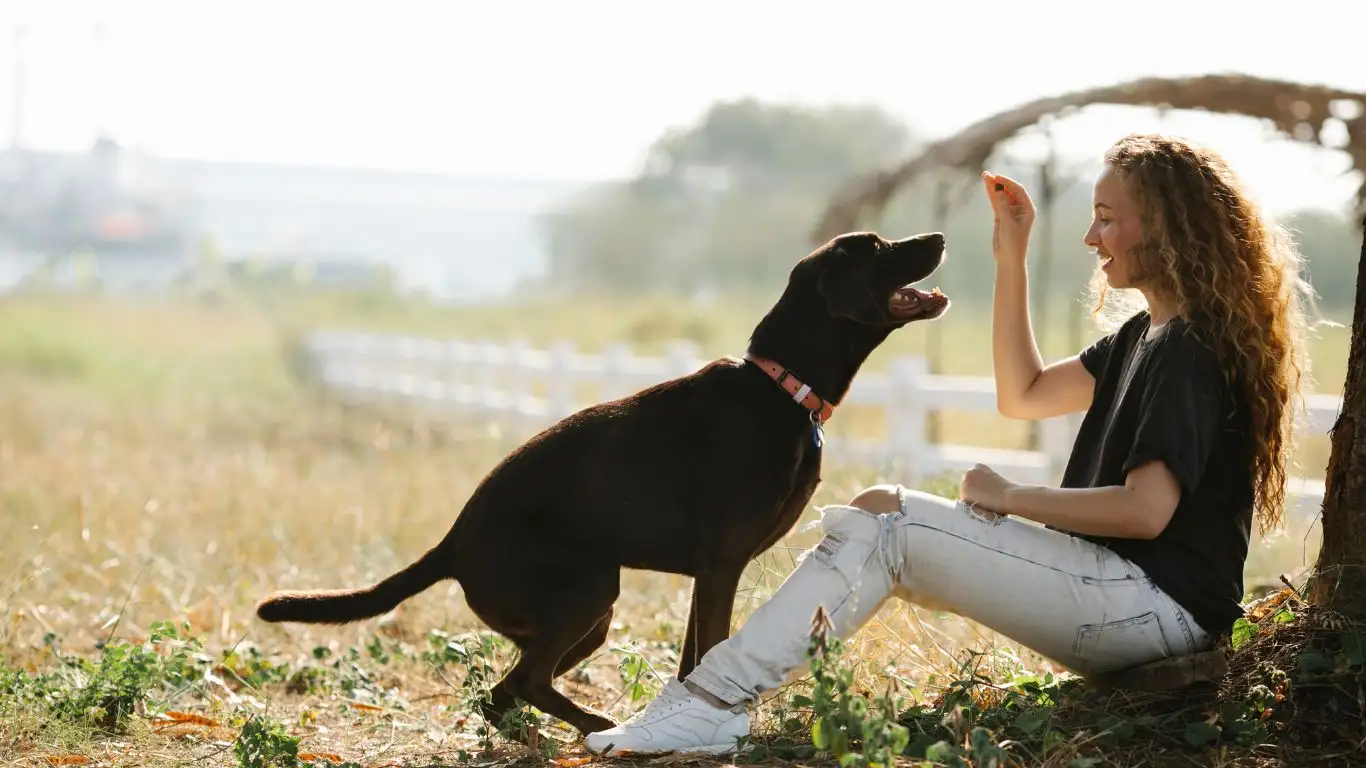
We all know the importance of a balanced diet, but did you know that what works for one dog might not work for another? As a Canine-Assisted Therapy Trainer, I’ve worked with many dogs with different dietary needs based on their age, breed, and health status. For example, a dog with arthritis might need a diet that’s rich in anti-inflammatory ingredients, while a younger, more active dog may benefit from a high-protein, energy-packed formula. Getting your dog’s food right is key!
Take the time to research and choose the right food for your dog’s breed, age, and activity level. Dogs with special dietary needs (like allergies or digestive issues) may require specific foods. Your vet can help you pick out the best food for your dog, or you can also ask for advice from other dog trainers, behaviorists, or experienced owners who have similar dogs.
How to Determine Your Dog’s Ideal Diet
- Consider their life stage: Puppies, adult dogs, and seniors have different nutritional needs. Make sure you’re feeding food that’s appropriate for their age group.
- Pay attention to activity level: Active dogs need more calories, while less active dogs should eat fewer calories to avoid becoming overweight.
- Monitor weight and health: Regularly check your dog’s weight and overall condition. If they’re gaining or losing weight unexpectedly, it might be time to reassess their food.
3. Ensure They Get Enough Exercise and Mental Stimulation
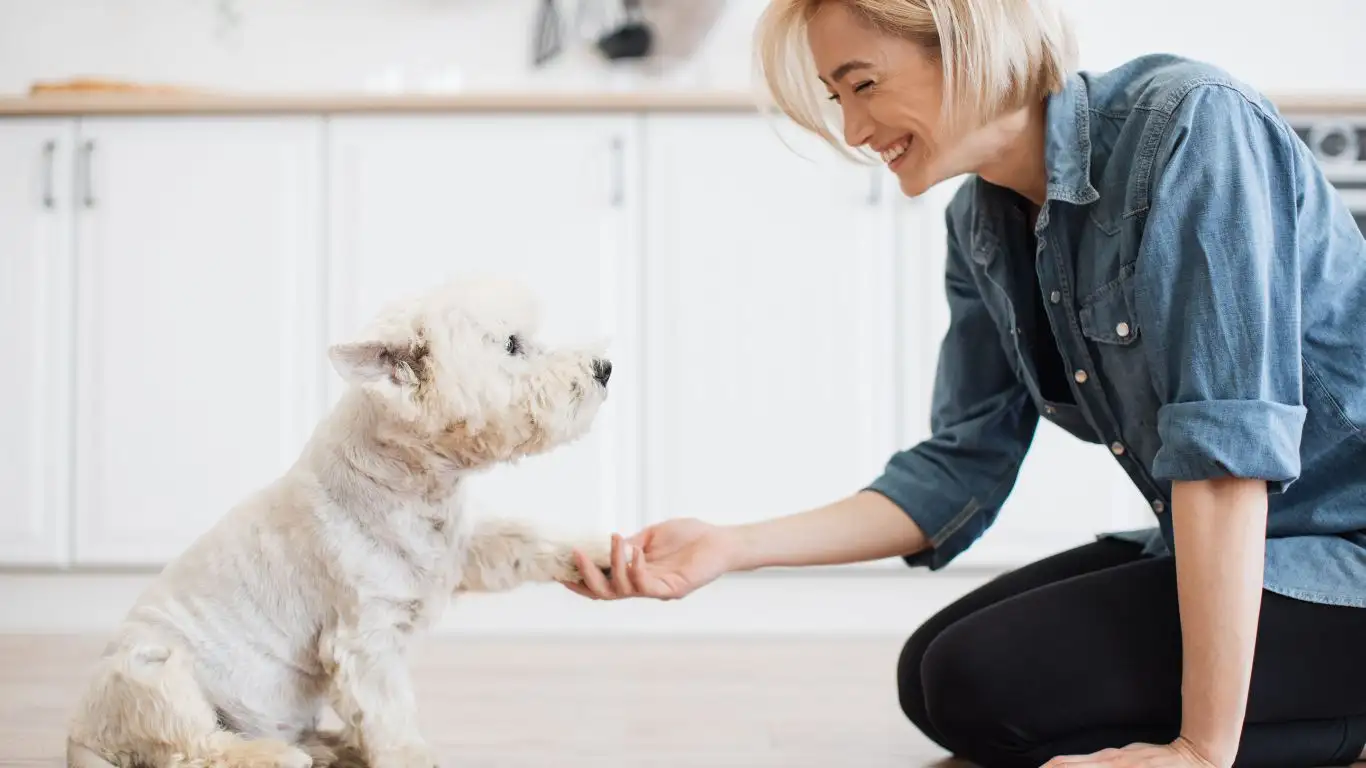
Exercise isn’t just about burning off energy – it’s crucial for your dog’s mental and emotional well-being too. In my experience, dogs that get regular physical and mental stimulation are generally happier, healthier, and more well-behaved. Exercise can vary by breed and size, but every dog needs some form of movement to stay in shape and avoid health issues like obesity, joint problems, and behavioral issues.
Don’t forget that dogs need mental challenges as well. Mental stimulation can include puzzle toys, obedience training, or even new activities like agility training. A dog with a bored mind can turn to destructive behaviors like chewing on furniture or digging in your garden. A tired dog is a happy dog, and this goes beyond just physical exertion!
Fun Ways to Keep Your Dog Active and Engaged
- Daily walks: Even a simple walk around the block helps keep your dog active and engaged with their surroundings.
- Interactive toys: Toys that dispense treats or require problem-solving keep your dog mentally stimulated.
- Training sessions: Whether you’re teaching new tricks or reinforcing commands, training provides both physical and mental exercise.
4. Grooming – It’s Not Just About Looking Good

When it comes to keeping your dog healthy, grooming isn’t just about giving them a shiny coat – it’s also about their overall well-being. Regular grooming is essential, and it’s an area I’ve really come to appreciate through my work as a Canine-Assisted Therapy Trainer. Dogs with long or dense coats, especially, can face health risks if their grooming needs are ignored. But even short-haired dogs benefit from a good grooming routine.
Think about it: brushing removes dirt, debris, and mats that can cause skin irritation or even infections. Regular grooming also allows you to spot potential health issues, like lumps, bumps, or skin conditions, which are easier to address if caught early. Trust me, as someone who works with dogs on a daily basis, I can tell you that maintaining a grooming routine can save you a lot of stress down the road.
What’s Included in a Complete Grooming Routine?
- Brushing: For most dogs, brushing once a week is enough, but for long-haired breeds, it may need to be more frequent.
- Bathing: Regular baths help keep your dog’s coat clean and remove excess oils. But don’t overdo it – too many baths can dry out their skin.
- Nail trimming: Overgrown nails can lead to discomfort and even injury, so make sure you trim them regularly.
- Ear cleaning: Keeping your dog’s ears clean is essential, especially for breeds prone to ear infections.
5. Monitor Behavioral Changes – Mental Health is Just as Important
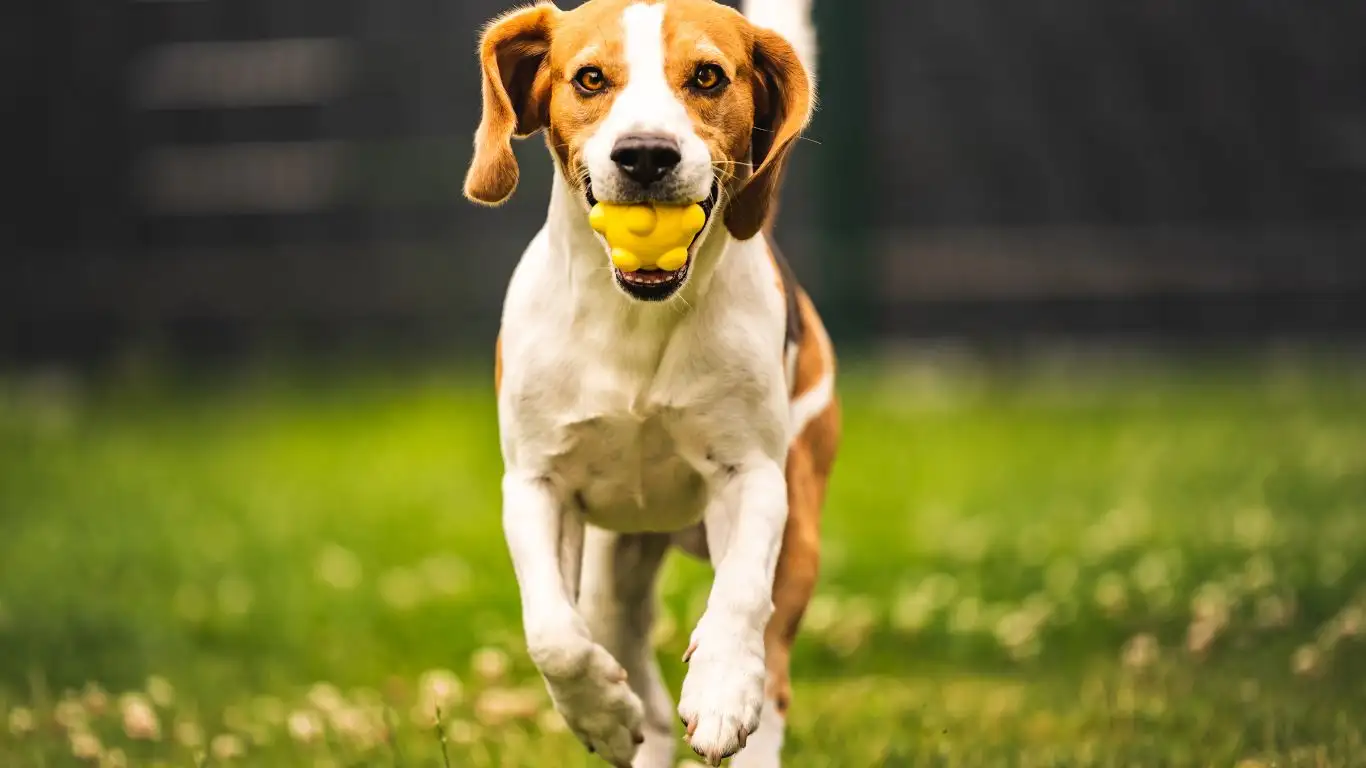
As someone who works closely with dogs in therapeutic settings, I can’t stress enough how important it is to keep an eye on your dog’s behavior and mental well-being. Just like humans, dogs can experience stress, anxiety, and depression, and these conditions can often go unnoticed. It’s so important to recognize behavioral changes early so that you can address them properly and prevent further stress or health issues for your dog.
Dogs are creatures of habit, so any sudden changes in behavior can indicate a problem. Have you noticed your dog suddenly becoming more withdrawn, anxious, or aggressive? These could be signs that something’s not quite right. From my experience, I’ve found that dogs often communicate with us through their actions, and when they start acting out of character, it’s a red flag. It’s worth checking for physical issues, but also considering emotional stressors, like changes in the household, new people or animals, or changes in routine.
Recognizing Behavioral Changes and Addressing Them
- Increased aggression: If your dog has started growling or snapping more frequently, this could be a sign of pain or anxiety.
- Excessive barking or whining: When a dog starts vocalizing more than usual, it may indicate stress or fear.
- Sudden lethargy: If your dog suddenly becomes inactive and uninterested in play, they may be experiencing depression or a health issue.
- Changes in eating habits: A loss of appetite or overeating can point to stress, digestive issues, or other health concerns.
How I Approach Canine Mental Health in My Therapy Work
In my work as a Canine-Assisted Therapy Trainer, I’ve learned how much mental stimulation and emotional connection matter for a dog’s overall health. Just as physical exercise is crucial, mental well-being is just as important. We, as dog owners, need to recognize that the emotional health of our pups influences their behavior and happiness. I’ve seen dogs come alive through training exercises that promote emotional well-being, such as interactive games and building trust with their owners. Training is not just about commands – it’s a chance to connect and work on your dog’s confidence and peace of mind.
Simple Mental Health Boosters for Your Pup
- Training sessions: Learning new tricks or reinforcing old ones can provide mental stimulation and increase bonding.
- Interactive toys: Toys that challenge your dog’s mind keep them occupied and help reduce anxiety.
- Time alone: While socialization is important, so is downtime. Allow your dog to rest without feeling overstimulated.
- Quality bonding time: Spending time with your dog, whether through cuddles, play, or quiet moments together, promotes a strong bond and emotional security.
Final Thoughts on Dog Health and Happiness
Keeping your dog happy and healthy is an ongoing journey, and it’s something that requires attention, love, and dedication. By following these tips – prioritizing regular vet visits, maintaining a balanced diet, ensuring proper exercise and grooming, and keeping an eye on your dog’s mental well-being – you’re well on your way to providing the best life possible for your pup. Remember, dogs aren’t just pets; they’re family members, and their health is worth the investment!
6. Hydration – Keeping Your Dog Properly Hydrated
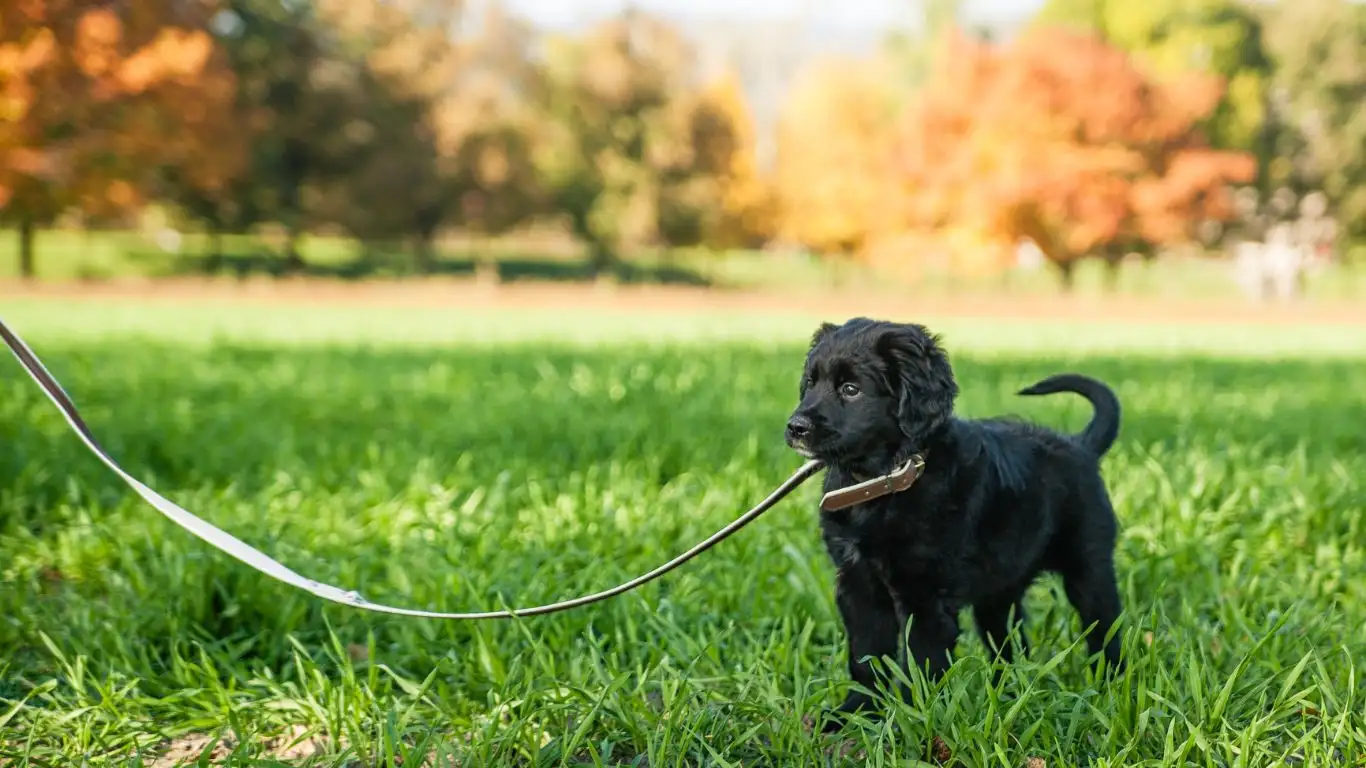
Staying hydrated is just as important for dogs as it is for humans, but it’s often overlooked. In my experience as a Canine-Assisted Therapy Trainer, I’ve seen the difference a well-hydrated dog can make, especially in terms of energy levels, digestion, and overall health. Whether you’re in a warm climate or just enjoying a nice walk in the park, hydration should always be a priority.
Proper hydration is key to maintaining healthy body functions like circulation, temperature regulation, and kidney health. If you notice your dog drinking more or less than usual, it could be a sign of an underlying issue. For instance, excessive thirst might indicate a health problem, like diabetes, while a decrease in drinking could signal dehydration or kidney problems. Keeping fresh water available at all times is essential, especially during active play or after exercise.
How Much Water Does Your Dog Need?
- Daily water intake: The general rule of thumb is that dogs should drink about one ounce of water per pound of body weight. For example, a 10-pound dog should drink roughly 10 ounces of water daily.
- During exercise: Be sure to provide water before, during, and after your dog’s exercise or playtime to prevent dehydration.
- Signs of dehydration: Dry gums, lethargy, and sunken eyes are signs that your dog may be dehydrated and needs more water.
7. The Importance of Socialization for Your Dog’s Health
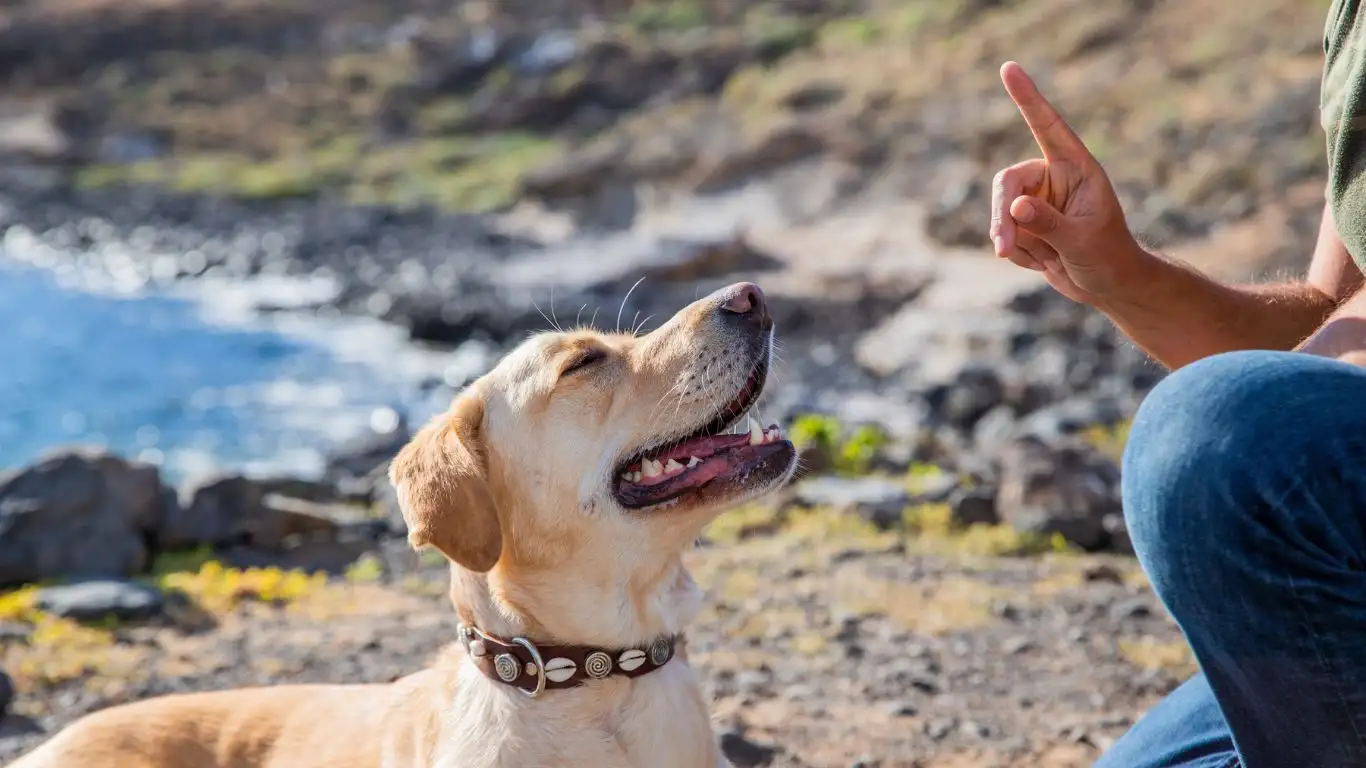
When we think about dog health, we often focus on the physical aspects, like exercise and diet. But what about mental health and social well-being? Socialization plays a huge role in a dog’s overall health, and as a Canine-Assisted Therapy Trainer, I can tell you that a well-socialized dog is a confident, happy dog. Socializing your dog from a young age helps them develop positive interactions with people and other dogs, reducing the risk of behavioral issues later on.
Dogs that aren’t properly socialized can become fearful, aggressive, or anxious around new people, pets, or situations. I’ve worked with many dogs that struggled with these issues, but with patience and training, most can overcome their fears. Socializing your dog isn’t just about bringing them to a dog park or exposing them to new environments – it’s about teaching them how to handle different situations calmly and confidently.
How to Socialize Your Dog Effectively
- Early exposure: Start socializing your dog at a young age to get them comfortable with different people, environments, and other dogs.
- Positive reinforcement: Reward calm and friendly behavior around new experiences to encourage positive associations.
- Controlled environments: Initially, expose your dog to new situations in a controlled, calm environment to prevent overwhelming them.
8. Regular Mental and Physical Stimulation to Prevent Boredom
We’ve already talked about exercise and mental health, but it’s so important to keep these aspects balanced. Dogs, especially high-energy breeds, can get bored easily if they aren’t regularly mentally and physically stimulated. This can lead to destructive behavior like chewing, digging, and excessive barking. I’ve worked with many clients whose dogs became anxious or misbehaved simply because they weren’t getting enough stimulation.
Providing your dog with a variety of activities, including training, puzzle games, and physical play, helps keep them engaged and satisfied. It’s not just about tiring them out; it’s about enriching their lives and keeping their minds sharp. Dogs are natural problem-solvers, so providing them with challenges that encourage mental stimulation can have a positive impact on their behavior and happiness.
Fun Ways to Stimulate Your Dog’s Mind and Body
- Interactive toys: Toys that dispense treats or require problem-solving will keep your dog engaged for hours.
- Agility training: Set up a mini agility course in your backyard to keep your dog physically and mentally challenged.
- Dog sports: Participate in dog sports like obedience, frisbee, or even nose work to give your dog both mental and physical stimulation.
References & Disclaimer
As with any health advice, it’s always a good idea to consult with a veterinarian or dog behavior expert before making significant changes to your dog’s routine. Every dog is different, and what works for one might not work for another. For more information on dog health, you can check out resources like The American Kennel Club (AKC), PetMD, or The National Institutes of Health (NIH).
Disclaimer: The tips in this article are based on my experience as a Canine-Assisted Therapy Trainer and general knowledge of dog health. Always consult with a veterinarian for professional medical advice specific to your dog’s individual needs.






